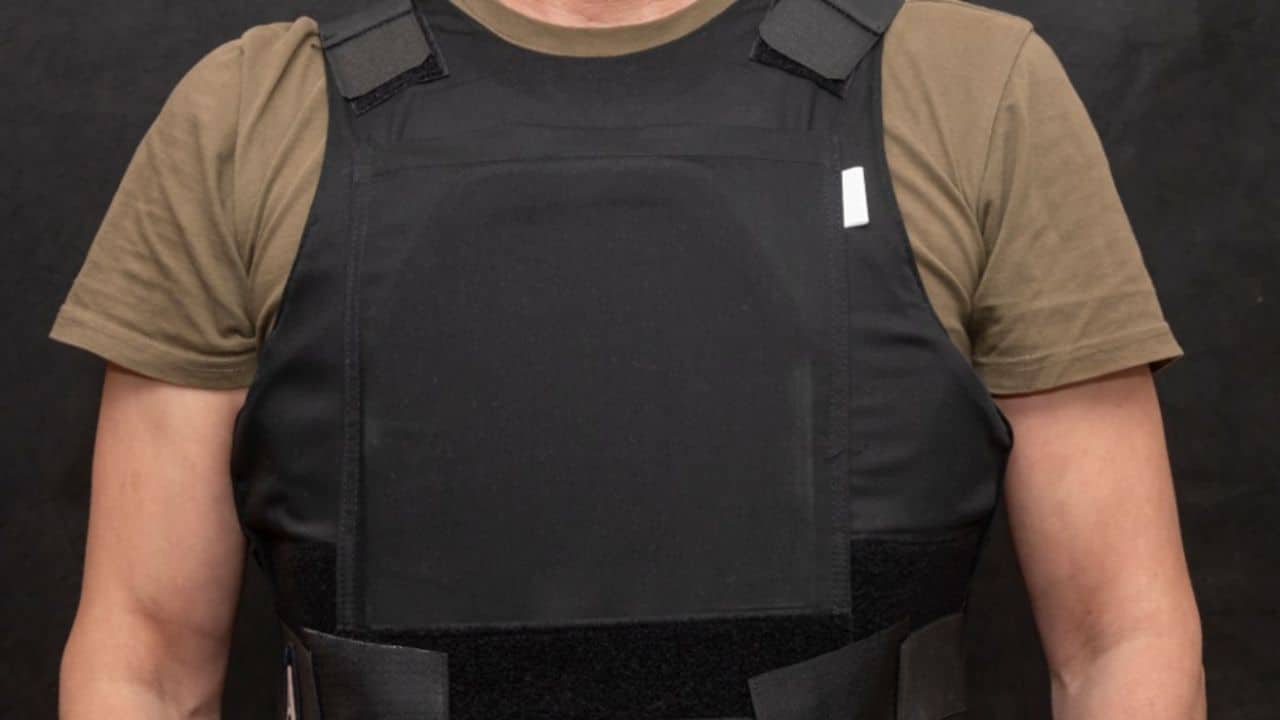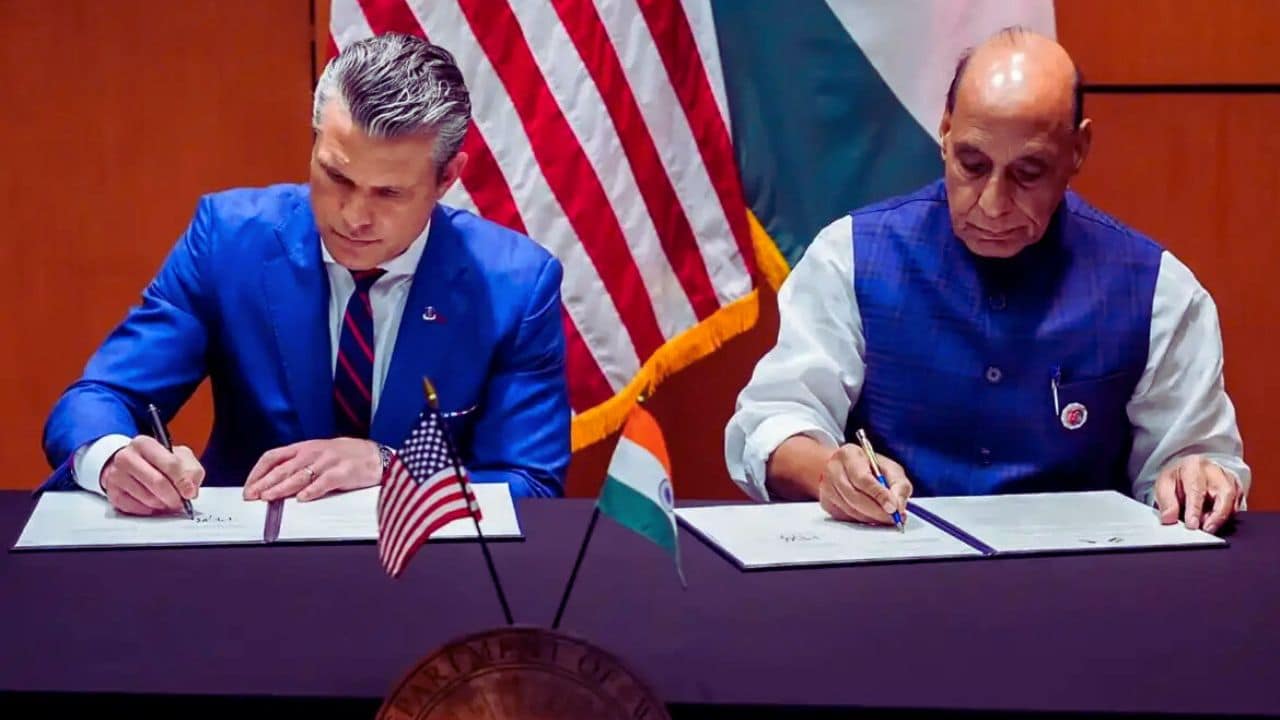Adequate protection is a must in high-risk fields such as law enforcement and the military. These careers require protective equipment like bulletproof vests. While they don’t make the wearers invincible, these vests are designed to prevent bullets from penetrating all the way through.
One report states that 34 officers in 2022 survived gunshots due to the protection of their ballistic vests. What makes them effective at shielding police and military personnel is their materials used for bulletproof vests. So, you might be wondering, ‘Which one’s the best?’ (1)
The article answers this question by detailing the various types of bulletproof vest material and factors used. Continue reading to find out more.
Common Bulletproof Vest Materials
Gone are the days of chainmail and leather. Bulletproof vests have advanced significantly in recent years. Modern heavy-duty materials have become so common that militaries and law enforcement agencies worldwide prefer them for their body armor vests.
You may even encounter a bulletproof vest that’s virtually weightless and easier to wear yet still provides ample protection against certain projectiles. Providers also use these sturdy and lightweight materials for other bullet-resistant clothing, such as flak jackets.
Examples of these materials include:
Aramid Fibers
Kevlar and Twaron are two of the most common aramid fibers used in many ballistic vests. Kevlar is lauded for its high strength-to-weight ratio and excellent ballistic resistance. Research indicates that carbon-Kevlar vests need at least 36 layers and a weight of 300 GSM to be deemed effective against projectiles. (2)
Twaron is similar to Kevlar but may have other properties. Its tensile strength or abrasion resistance may be higher, making it suitable for specific areas.
Ultra-High-Molecular-Weight Polyethylene (UHMWPE)
UHMWPE is a lightweight material that can provide excellent protection against bullets. It’s often used in conjunction with aramid fibers to create hybrid vests.
Ceramic Composites
Ceramic composites are made by combining ceramic particles with a polymer matrix. They offer high ballistic resistance but can be brittle and heavy.
Hybrid Materials
Many modern bulletproof vests are made from hybrid materials that combine the strengths of different materials. This can result in lightweight, comfortable, and highly protective vests.
You can ask any supplier of bulletproof vests for more detailed information about the characteristics of ballistic materials used.
Factors Affecting Bulletproof Vest Material Selection
Since ballistic material varies, one could have more protective properties than the other. Hence, people look into the factors that affect their choice of vest, such as:
Threat Level
The type of threat a person faces will determine how much ballistic protection they need. A law enforcement officer patrolling a high-crime area might require a vest that withstands rifle rounds, for instance. Meanwhile, the security guard at the corporate office would only need protection from handguns. You may need to consult with experts to determine the appropriate level of protection based on your duties.
Wearer Requirements
Comfort, mobility, and weight are important considerations when choosing a bulletproof vest. Police officers, police detectives on the field, and military personnel often need vests that are lightweight and allow for a full range of motion. Civilians, on the other hand, may prefer comfort and discretion.
Consider these factors to narrow your choices and get the right bulletproof vest that suits your needs. Prioritizing the vest’s fit and comfort is also a must. A poorly fitting vest can be uncomfortable and may not provide adequate protection. Feel free to ask for professional guidance to ensure your vest is properly sized and adjusted.
Emerging Technologies in Bulletproof Vest Materials
New materials and new technologies are still being developed. Improvements in protection and performance come with these breakthroughs. Stay updated on what’s happening so you can make the best choices on bulletproof vest materials.
Nanotechnology is a promising area of research. Scientists can now manipulate matters at atomic and molecular scales in order to produce new material properties. Nanomaterials can enhance the strength, flexibility, and ballistic resistance of bulletproof vests, such as carbon nanotubes, which research reveals suffer less deformation compared to Kevlar. (3)
Advanced composites are another area of focus. They’re composed of various components. Carbon fiber composites are a perfect example. They’re tough yet lightweight, and you can customize them to suit your exact needs.
Self-healing materials are a relatively new development in bulletproof vest manufacturing. They can heal themselves after taking a hit. Tiny capsules inside release a special agent when damaged, repairing things instantly.
Final Thoughts
So, what’s the ultimate bulletproof vest material? There’s no definite answer. It depends on several factors – the level of threat you’re facing, what you need as the wearer, and the latest tech breakthroughs. Understanding protective gear and exploring your options is key to finding the right fit for your protection needs.
Body armor development keeps evolving. Researchers constantly push the boundaries, so who knows what groundbreaking materials might pop up next? The future of personal protection looks brighter.
References
- “Law Enforcement Officers Shot in the Line of Duty 2022 Year-End Summary,” Source: https://cops.usdoj.gov/pdf/Blue-alert/2022_Blue_Alert_Officers_Shot_Year_End_Report.pdf
- “Experimental investigation of Ballistic capabilities in Carbon-Kevlar composites: Effects of weight and layer variations against 9 mm projectiles,” Source: https://www.sciencedirect.com/science/article/pii/S2590048X23001024
- “FEA analysis of ballistic impact on carbon nanotube bulletproof vest,” Source: https://www.sciencedirect.com/science/article/abs/pii/S2214785321015443










































